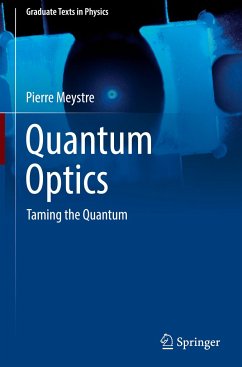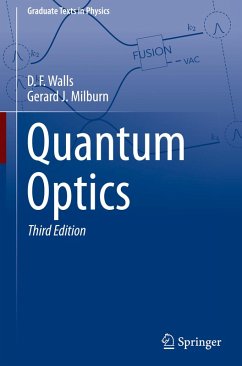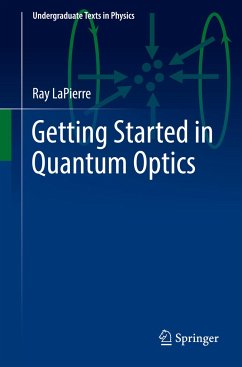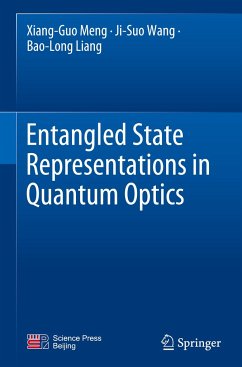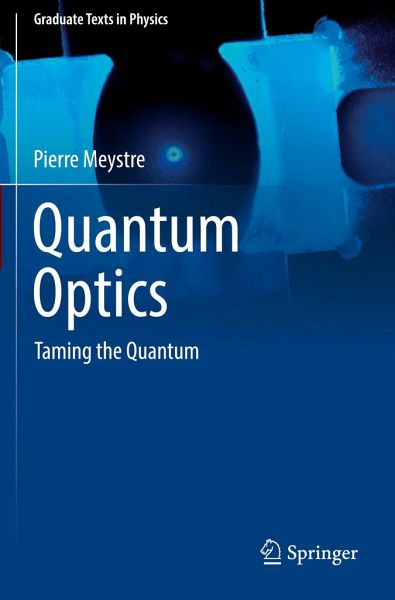
Quantum Optics
Taming the Quantum
Versandkostenfrei!
Versandfertig in 6-10 Tagen
46,99 €
inkl. MwSt.
Weitere Ausgaben:

PAYBACK Punkte
23 °P sammeln!
This book is a thoroughly modern and highly pedagogical graduate-level introduction to quantum optics, a subject which has witnessed stunning developments in recent years and has come to occupy a central role in the 'second quantum revolution'. The reader is invited to explore the fundamental role that quantum optics plays in the control and manipulation of quantum systems, leading to ultracold atoms, circuit QED, quantum information science, quantum optomechanics, and quantum metrology. The building blocks of the subject are presented in a sequential fashion, starting from the simplest physic...
This book is a thoroughly modern and highly pedagogical graduate-level introduction to quantum optics, a subject which has witnessed stunning developments in recent years and has come to occupy a central role in the 'second quantum revolution'. The reader is invited to explore the fundamental role that quantum optics plays in the control and manipulation of quantum systems, leading to ultracold atoms, circuit QED, quantum information science, quantum optomechanics, and quantum metrology. The building blocks of the subject are presented in a sequential fashion, starting from the simplest physical situations before moving to increasingly complicated ones. This pedagogically appealing approach leads to quantum entanglement and measurement theory being introduced early on and before more specialized topics such as cavity QED or laser cooling. The final chapter illustrates the power of scientific cross-fertilization by surveying cutting-edge applications of quantum optics and optomechanics in gravitational wave detection, tests of fundamental physics, searches for dark matter, geophysical monitoring, and ultraprecise clocks. Complete with worked examples and exercises, this book provides the reader with enough background knowledge and understanding to follow the current journal literature and begin producing their own original research.





